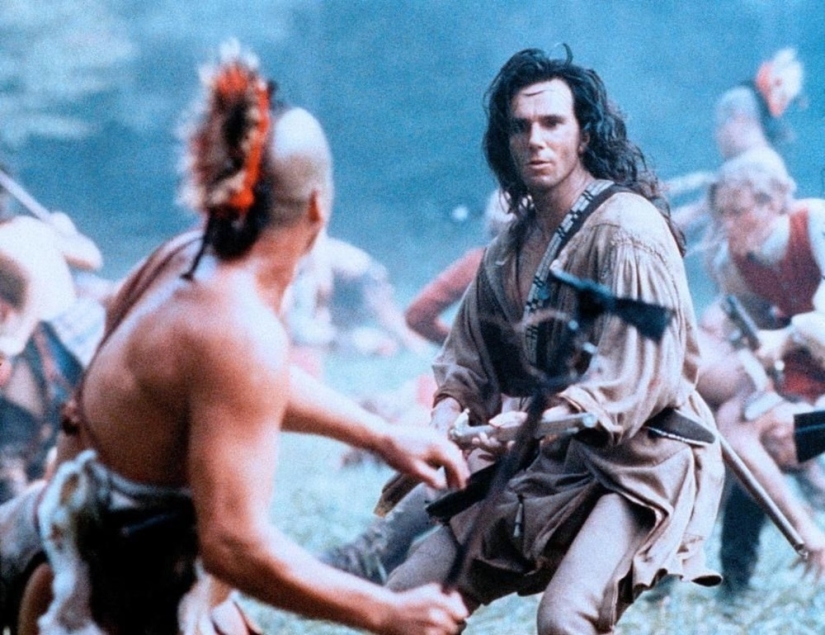What they don't write about in books: 5 myths about American Indians
Categories: History | Nations | North America | World
By Pictolic https://pictolic.com/article/what-they-dont-write-about-in-books-5-myths-about-american-indians.htmlWhat do you know about Indians? Surely you, like many others, think that these are silent red savages with painted faces and tomahawks in their hands. But we want to surprise you. Indians are different, and most of the stereotypes associated with them are actually myths.
What is true and what is not, and read other interesting facts in our review.


The nickname "redskins" was given to the Indians by the first American colonists, but this does not mean that their skin was actually that color. It's just that the aborigines really liked to paint their chest and face red. To do this, they used special natural dyes made of ochre and fat.
This tradition was most widely spread among representatives of the Apache tribe. With the help of "body art" they emphasized the status of warriors and thus created "magical protection" for him.
As for the real color of the Indians' skin, it varied depending on the regions and could be either brown-yellow or rich bronze.

Many mistakenly believe that scalping was something of a "hobby" for the Indians. Allegedly, they created entire collections from the scalps of their enemies… What a horror!
In fact, some tribes did not practice scalping at all, and those who still had such a tradition did not do it for pleasure. The removal of the scalp was carried out in response to such an insult from the enemy. In addition, the Indians received "fire water" from the colonists for this.
Another common misconception: everyone who was scalped necessarily died. In fact, no matter how amazing it may sound, there are many cases when, after such an execution, people not only remained alive, but also continued to lead a normal life.

In his novel James Fenimore Cooper describes the life and death of the last Mohican Indian – Uncasa. The events of the narrative unfold in the XVIII century, although the same Uncas (yes, he was a real person) lived 150 years earlier.
Moreover, the Mohican tribe still exists! As of 2003, its population was more than 1,600 people.
There is another discrepancy in Cooper's book. According to the plot, the positive characters are Delawares, and the negative ones are Iroquois. The only reason for this choice of antagonists-protagonists is that the former were allies of the United States, and the latter were allies of Great Britain.

You've probably seen in many movies how Indians throw tomahawks at their enemies with amazing dexterity and from an incredible distance. For some reason, it is as a "throwing weapon" that these hatchets are described in books.
In fact, the Indians did not throw tomahawks anywhere, and some even tied them to their hand so as not to accidentally lose them in battle. Therefore, the fact that the tomahawk is a throwing weapon is just a movie stamp.
Often in modern fiction, representatives of the indigenous North American population are strongly "embellished" and romanticized. In most books and films, they are described as savages who desperately defended their lands from "white people". Although in reality, the Indians have always been aggressive and militant.
Some tribes, fighting with each other, destroyed entire settlements, captured women, children, burned houses and slaughtered all livestock. In those days, there was only one law in the Wild West - the strongest wins, so the Indians showed their strength in every possible way and approached it with special cruelty. Remember the same scalping.
Recent articles

American artist Lee Price is sure that eating is a completely natural process, but many are ashamed of their attitude to food, ...

Our beautiful and diverse world will surprise even the most inveterate skeptic! We publish a selection of irrefutable photoproofs ...

Photographer Brigitte Niedermair works with world-famous glossy magazines and fashion houses. Her regular clients include Dior, ...